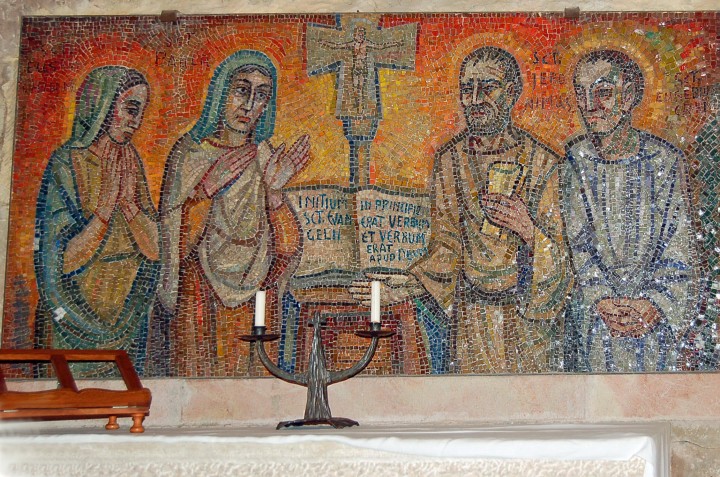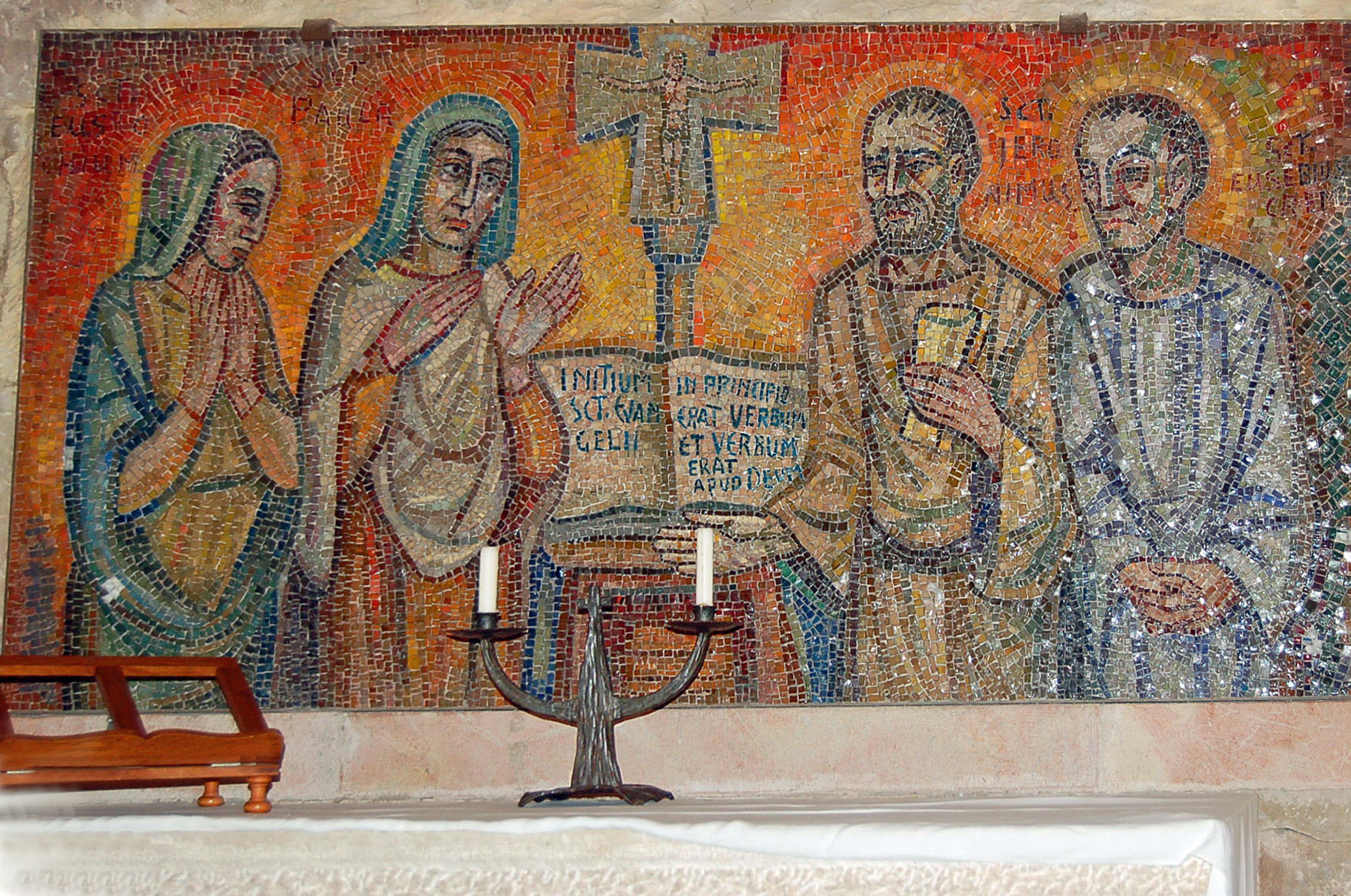
Christians all over the world travel to Bethlehem this time of year to see the cave below the Church of the Nativity where tradition says Jesus was born. Another Bethlehem cave honors the man who created a translation of the Nativity story that remained unchanged for almost 1,600 years.
Saint Jerome was born in about 342 A.D. and studied Latin and Greek in Rome. Rejecting what he considered the depravity of Roman life, he converted to Christianity, studied theology, and traveled to churches around the Empire, eventually becoming a priest. In 382, Pope Damasus asked Jerome, then back in Rome, to make a definitive Latin translation of the four Gospels from their original Greek. While completing his assignment, Jerome aroused suspicion because of his close relationship with a wealthy Roman widow named Paula and her daughter Eustochium. The three moved to Bethlehem, where Paula and Eustochium established monasteries and convents. They also supported and assisted the ascetic Jerome as he worked alone in a tiny cave for 34 years, translating most of the remainder of the Bible into Latin from the original Hebrew and Greek.
Jerome’s life’s work, the “Vulgate” or “common” translation, became the standard Bible of Roman Catholics until the twentieth century, but it was not error free. His mistaken translation of the Hebrew word meaning “radiant” as “horned” led artists including Michelangelo to depict Moses with horns on his head.
The cave where Jerome labored is now a chapel beneath Bethlehem’s Church of St. Catherine of Alexandria. Wall mosaics depict Eustochium, Paula, Jerome, and Eusebius of Cremona, who managed the monasteries after Jerome’s death. All became saints, with Paula considered the patron saint of widows, and all were buried in an adjacent cave. Jerome’s remains were later moved to Rome and parts of his body are claimed by several churches. A statue outside the church depicts Jerome with a human skull at his feet, his constant reminder of the shortness of life.
Every visit to Bethlehem begins with a visit to the cave of Jesus’ birth. It should end with a visit to the cave of Saint Jerome.



